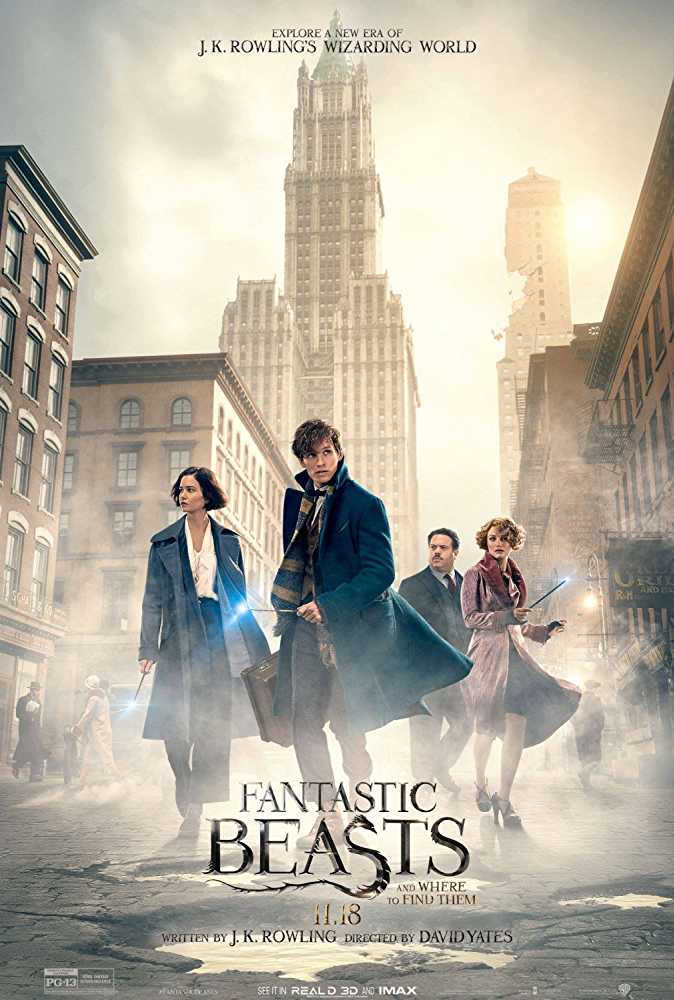
Plot Summary:
Fantastic Beasts and Where to Find Them was set in mid-20s(1926) New York, Newt Scamander, the British young activist wizard, arrives in town, holding a mysterious leather suitcase which shelters a wide array of diverse and magical creatures that exist among us. Newt’s precious suitcase will be lost–and to make matters worse–several creatures will manage to escape. Before long, this situation will catch Senior Auror Percival Graves’ attention who will target Newt, in the background of an invisible, devastating, and utterly unpredictable menace that still wreaks havoc on 5th Avenue. In the end, is there a hidden agenda behind Graves’ intentions; moreover, what will happen to the remaining fantastic beasts still loose in the streets?
Table of Contents
Costume Relevance to the story:
Fantastic Beasts and Where to Find Them is a period drama based on 1920s New York City. I have done so many researches on 1920s fashion and this movie does not miss any details of it. Flapper dresses, overcoats and unmistakable wizarding outfits, brogues and heels, reams of stockings, hat, tie, tuxedo, bow ties, scarves, pearl jewelry, gathered costumes, leather coats and accessories, collar details even the shiny textures of female costumes depict 1920s fashion.
About The Designer:
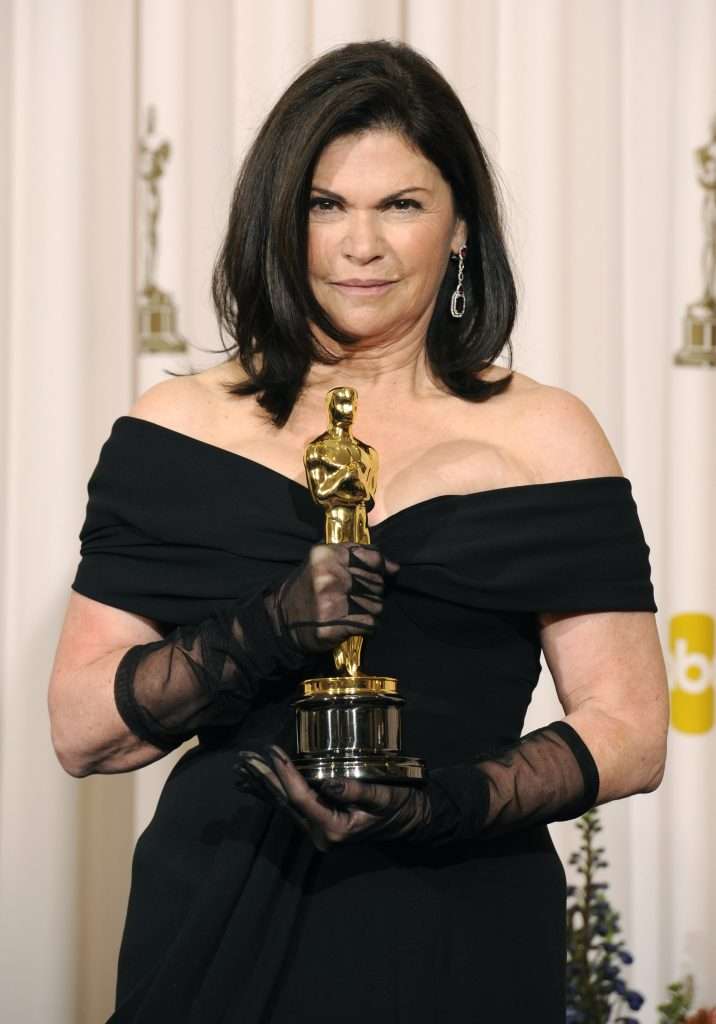
Colleen Atwood was born September 25, 1948
in Yakima, Washington, , is an American costume designer. Colleen Atwood studied painting at Cornish College of the Arts in Seattle, Washington in the early 1970s, and later worked in retail at various places, including the Yves St. Laurent boutique at Frederick & Nelson department store in the city.
Atwood has been nominated for the Academy Award for Best Costume Design twelve times, winning four times – for the films Chicago(2002), Memoirs of a Geisha (2005), Alice in Wonderland (2010), and Fantastic Beasts and Where to Find Them (2016); the latter is the first Wizarding World film to win an Academy Award.
Designing Facts:
The Inspiration: Exploring the Past and the Present
When creating the costumes for the film “Fantastic Beasts and Where to Find Them,” renowned costume designer Colleen Atwood sought inspiration from various sources. She extensively studied old reels of Jimmy Walker, the mayor of New York during the 1920s, and the fashion of that time. Additionally, she delved into the archives of the Museum of the City of New York, which provided valuable references for capturing the essence of the city. Atwood also looked at Ellis Island materials and quirky elements from the 1930s to infuse authenticity into the designs.
Vintage Finds and Unique Creations
To bring the 1920s fashion to life, Atwood embarked on a worldwide quest for authentic vintage garments. With the help of her assistants, she scoured costume houses across the globe, starting in Los Angeles, which had a vast collection of 1920s stock. Atwood aimed to capture the distinctly American fashion sense of the era, believing that America embraced the 1920s in a more significant way than Europe. Some costumes were genuine vintage pieces, while others were meticulously designed from scratch to embody the spirit of the time.
Literary Influence: F. Scott Fitzgerald and the Romance of the Era
To capture the frenzy and romance of the 1920s, Colleen Atwood revisited the works of F. Scott Fitzgerald, a prominent author known for his vivid descriptions of the period. Fitzgerald’s novels provided valuable insights into the atmosphere and emotions of the time, helping Atwood to shape the costumes to reflect the spirit of the era.
Iconic Pieces: Making a Statement on the Silver Screen
In “Fantastic Beasts and Where to Find Them,” Atwood crafted several special pieces that became iconic in the film. One notable creation was Eddie Redmayne’s peacock blue overcoat, which exuded elegance and captured the attention of the audience. Colin Farrell’s slick costume also stood out, emphasizing his character’s persona with a refined and polished look. These pieces showcased Atwood’s remarkable talent for bringing characters to life through their attire.
Collaborative Design Process: Bringing Concepts to Reality
Colleen Atwood’s creative process involved collaboration with a skilled sketch artist. While Atwood conceptualized the designs and provided detailed notes, the sketch artist transformed her vision into visual representations. Atwood emphasized the importance of conveying a character’s mood and movement through fabric choices, using the sketches and research as a foundation for the real work that took place during fittings and adjustments.
Empowering Through Clothing: Seraphina Picquery’s Regal Attire
President Seraphina Picquery’s clothing was meticulously designed to convey her power and presence. Atwood found inspiration for Seraphina’s golden headpiece in an Indonesian wedding crown, which she skillfully disassembled and reimagined for the film. The headpiece added height and grandeur to the character, emphasizing her dominance and authority. Atwood’s attention to detail was evident in every aspect of the costumes, ensuring that they visually communicated the essence of each character.
Symbolic Elements: Newt’s Scarf and Seraphina’s Rings
Costume designers often incorporate symbolic elements to enhance storytelling through clothing. In the film, Newt’s gray and yellow scarf carried a subtle allusion to his time at Hogwarts, representing his affiliation with the Hufflepuff house. Additionally, Carmen Ejogo, who played Seraphina Picquery, suggested incorporating rings on her dominant hand to emphasize the association of left-handedness with dark magic and sorcery. Atwood embraced this idea and created unique rings from scratch, further enriching the character’s portrayal.
Attention to Detail: From Sketches to Fittings
Colleen Atwood’s dedication to detail was exemplified in the numerous fittings she conducted for the film. Her commitment to achieving the perfect fit and capturing the essence of each character was unparalleled. The costumes featured intricate details, such as hidden pockets and meticulously crafted accessories, which may not have been immediately visible on screen but added depth and authenticity to the overall design.
In conclusion, the fashion of 1920s New York City was a remarkable blend of style, elegance, and cultural influences. Colleen Atwood’s meticulous research, attention to detail, and collaborative process brought the fashion of the era to life in the film “Fantastic Beasts and Where to Find Them.” The costumes captured the spirit of the Roaring Twenties, with their authentic vintage finds, unique creations, and symbolic elements. Through her exceptional designs, Atwood transported audiences to a bygone era, immersing them in the captivating world of 1920s fashion.
Awards and Nominations:
Awards: Oscar, Empire Awards, UK, Online Film & Television Association, Phoenix Film Critics Society Awards.
Nominations: BAFTA Awards, Academy of Science Fiction, Fantasy & Horror Films, USA, Broadcast Film Critics Association Awards, Costume Designers Guild Awards, Gold Derby Awards, Las Vegas Film Critics Society Awards.
Few Costumes from the Movie-Fantastic Beasts and Where to Find Them:
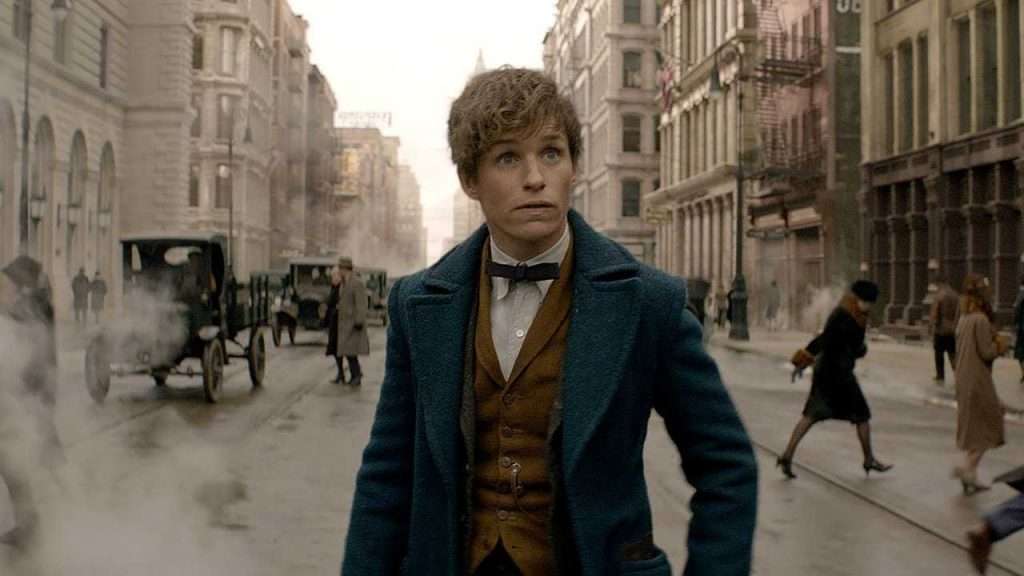
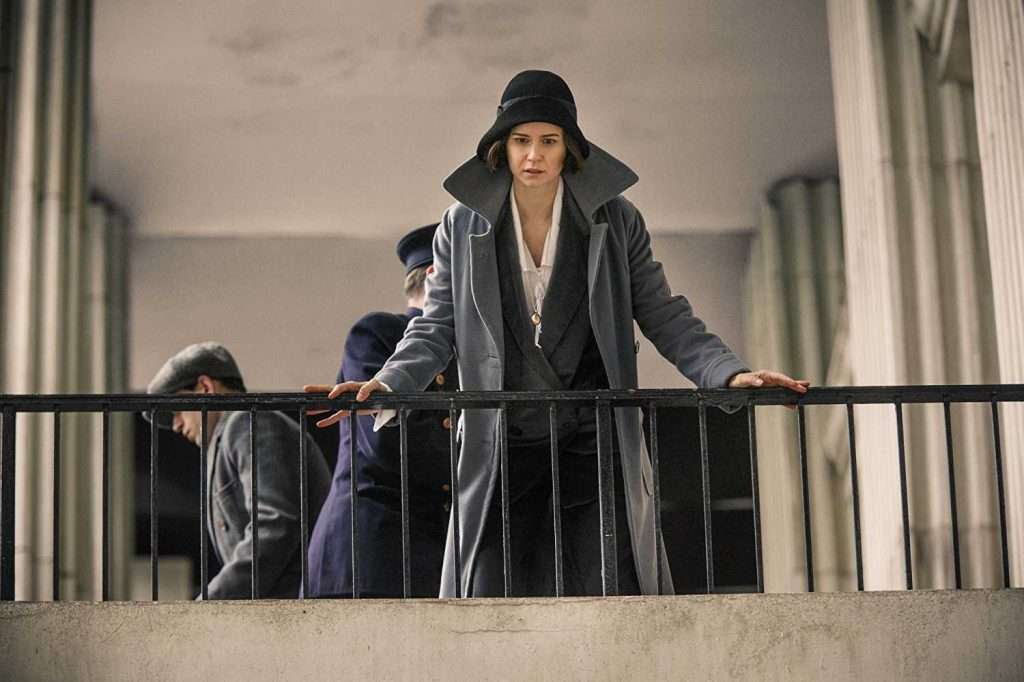
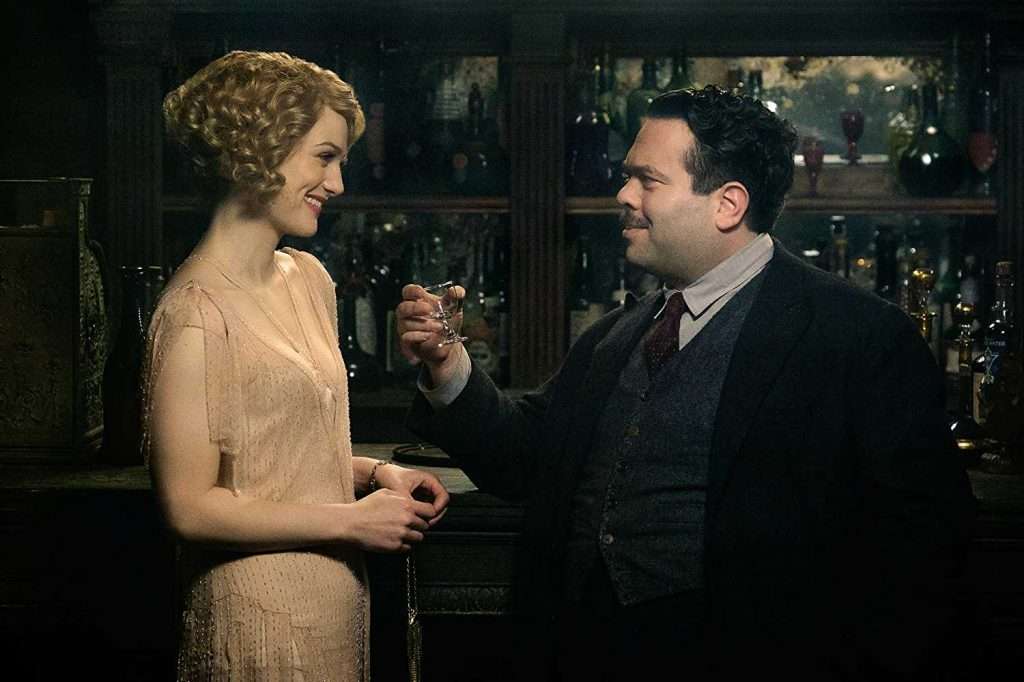
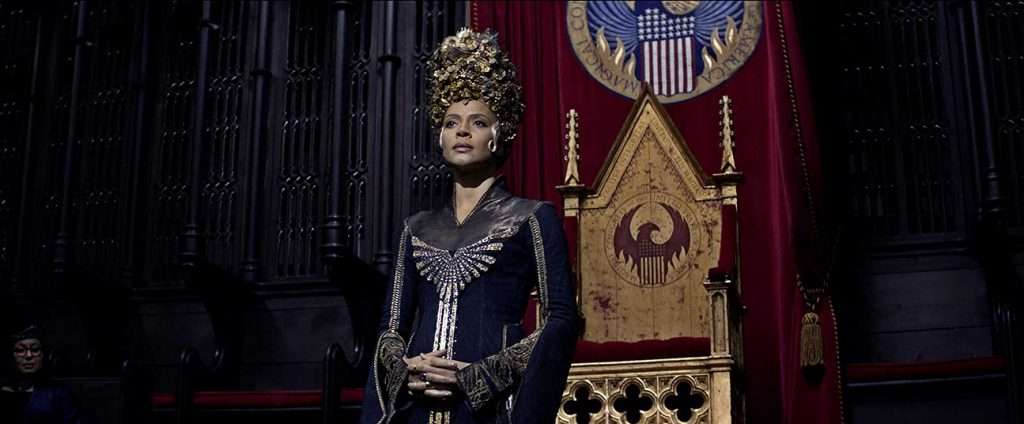
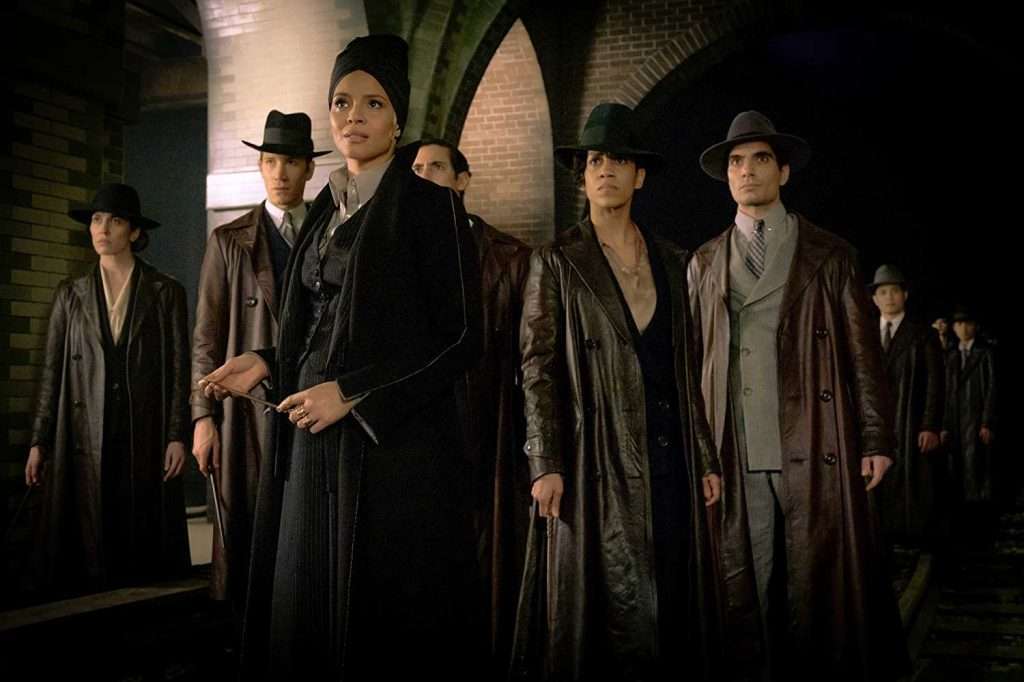
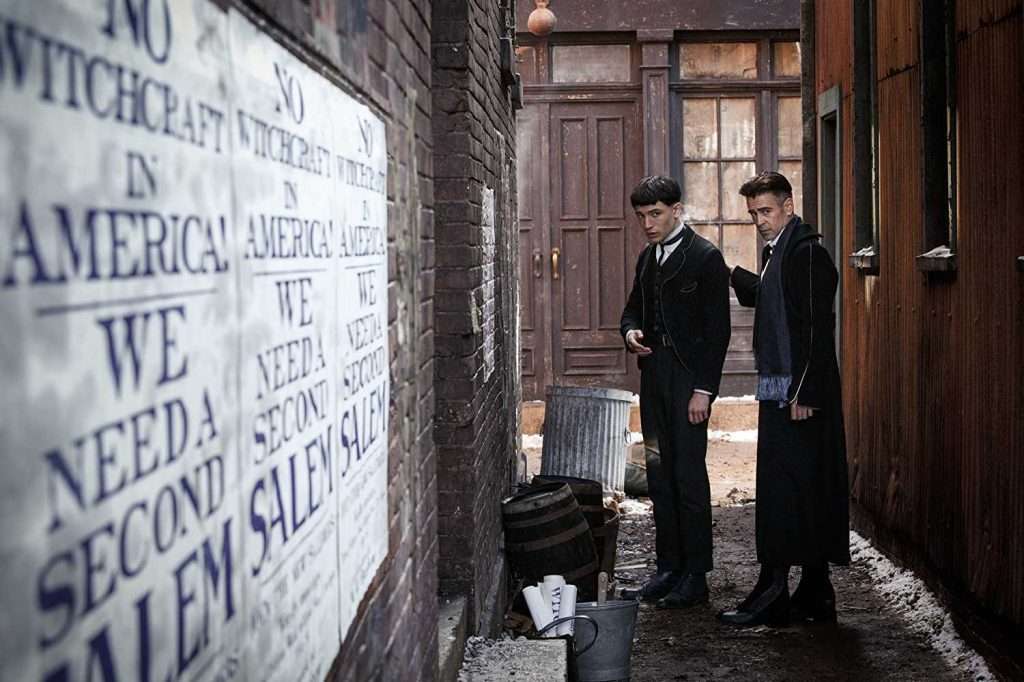
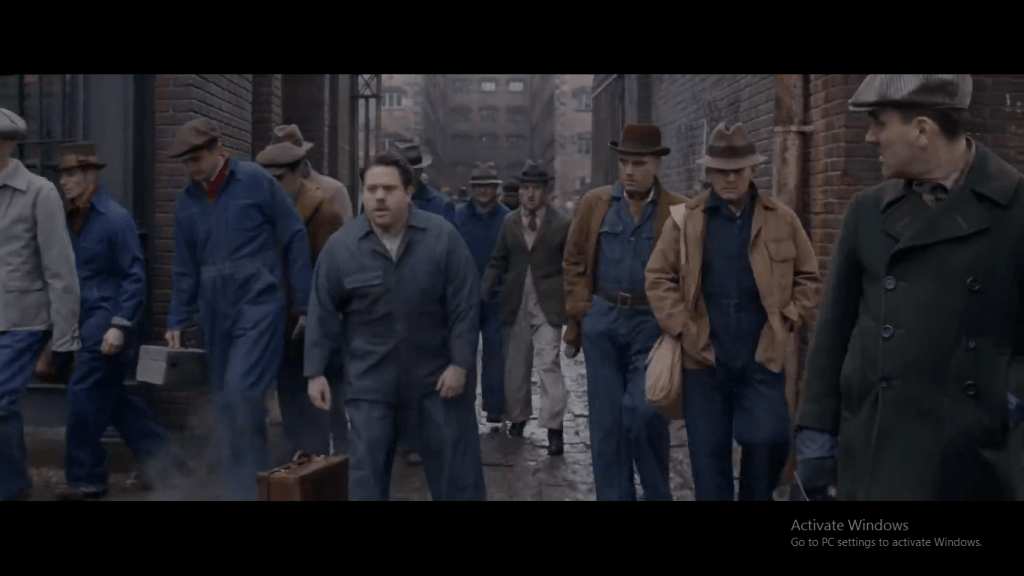
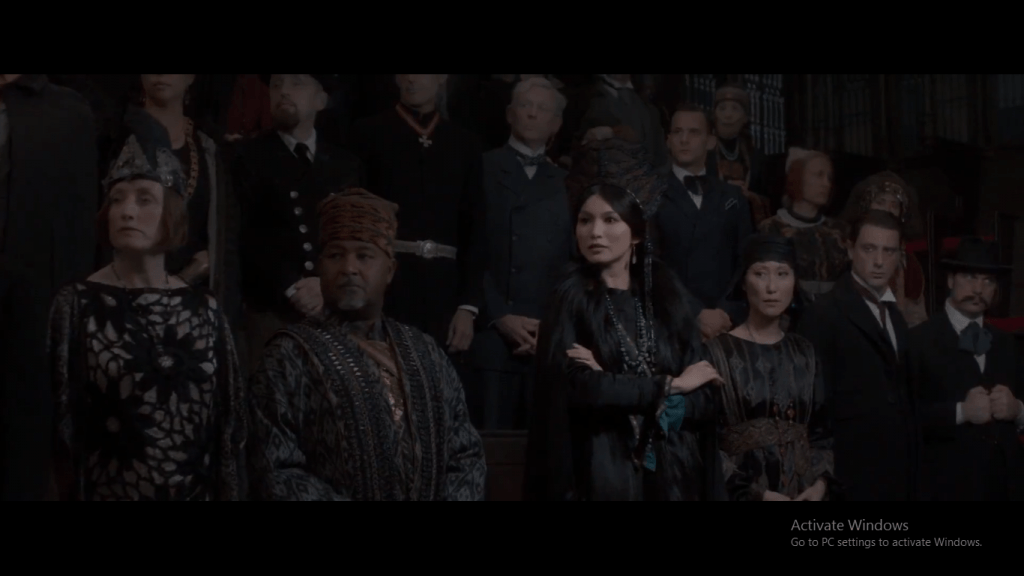
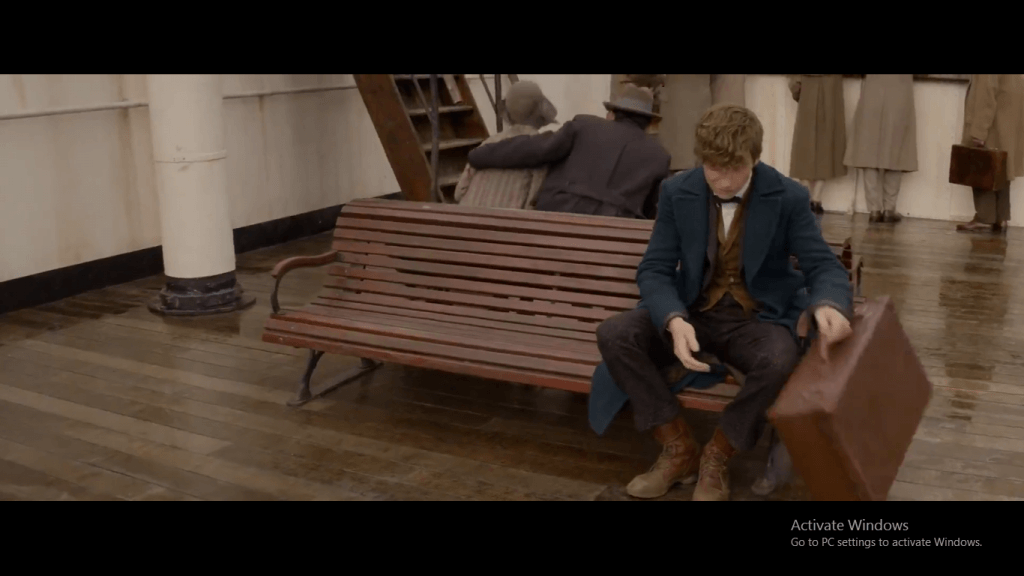
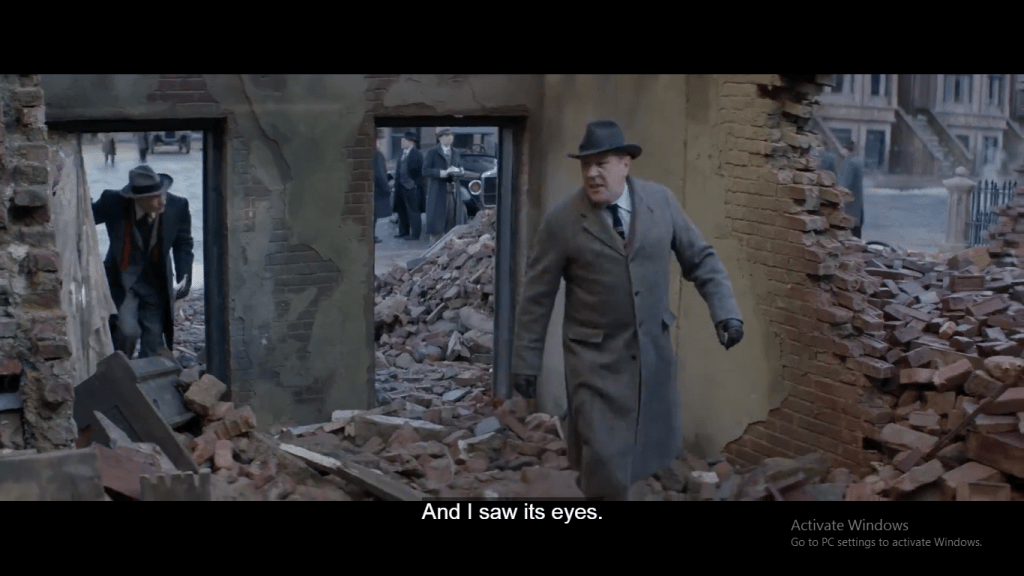
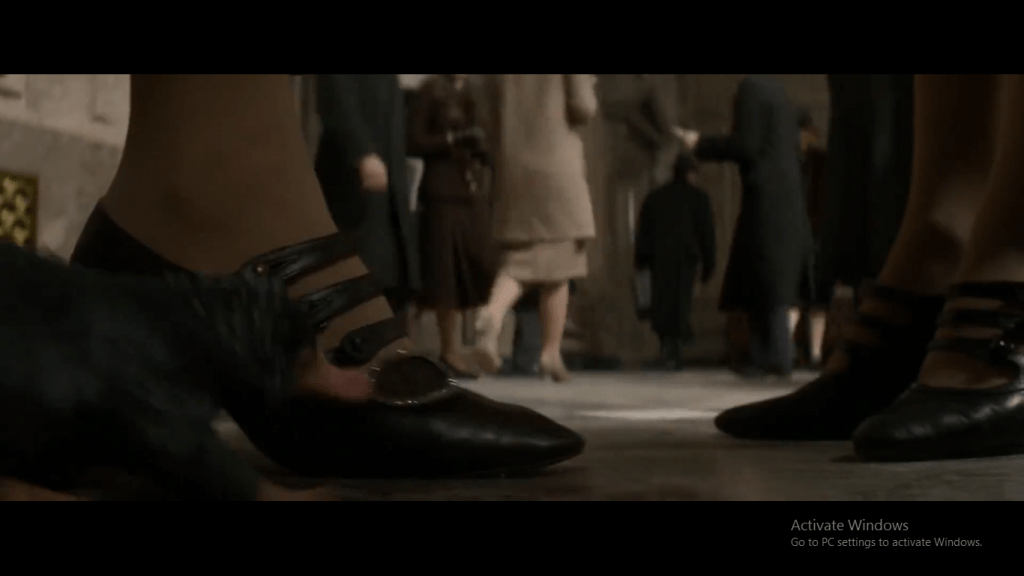
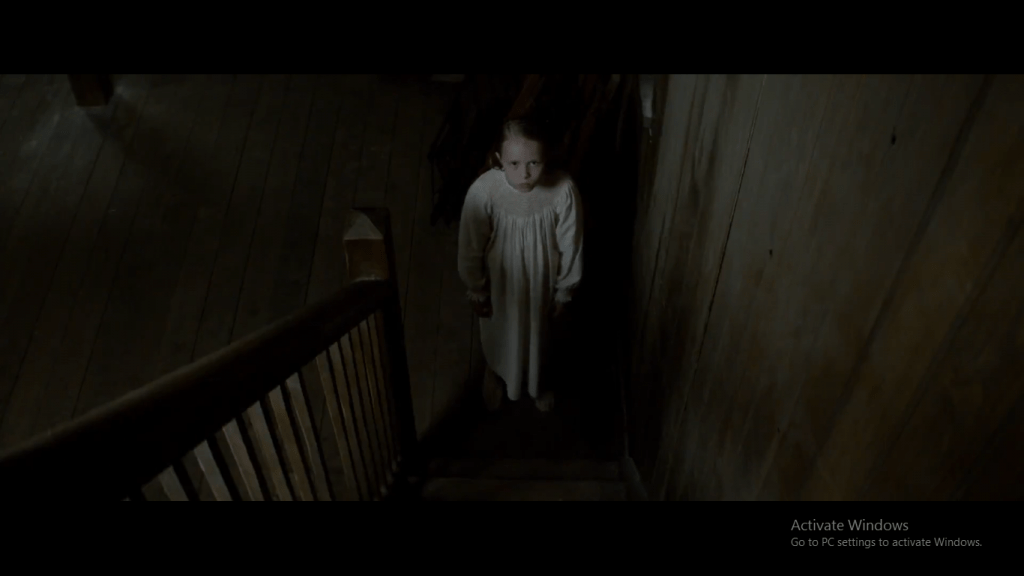
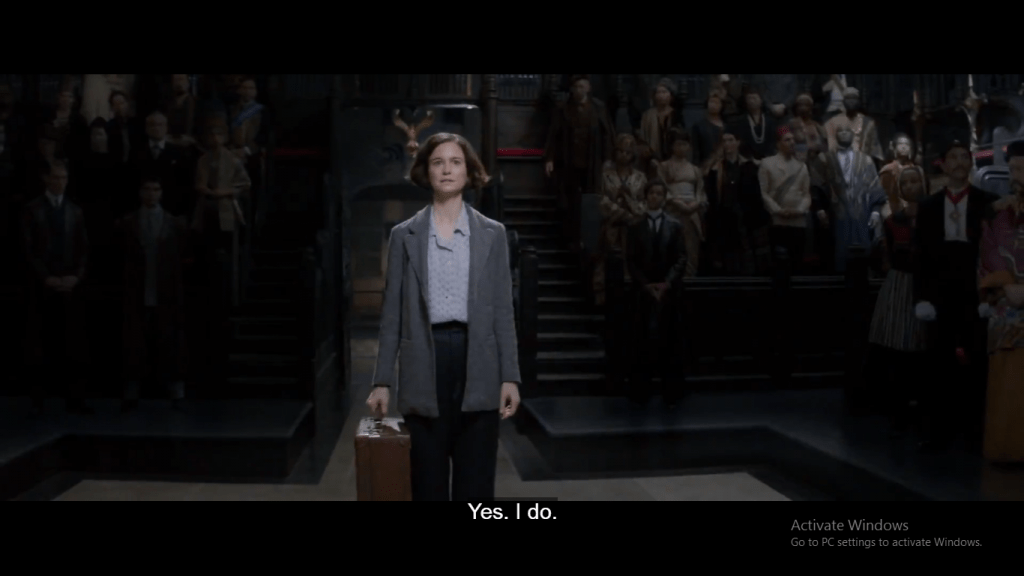
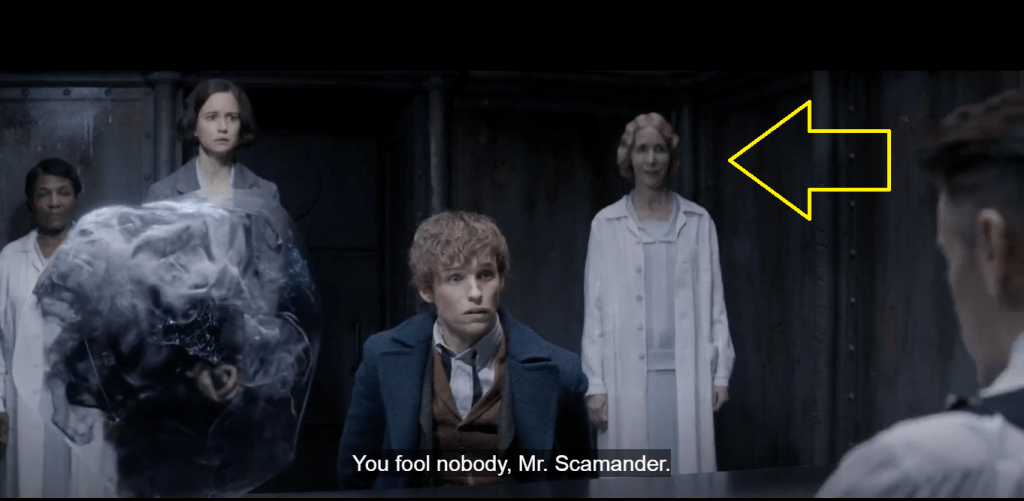
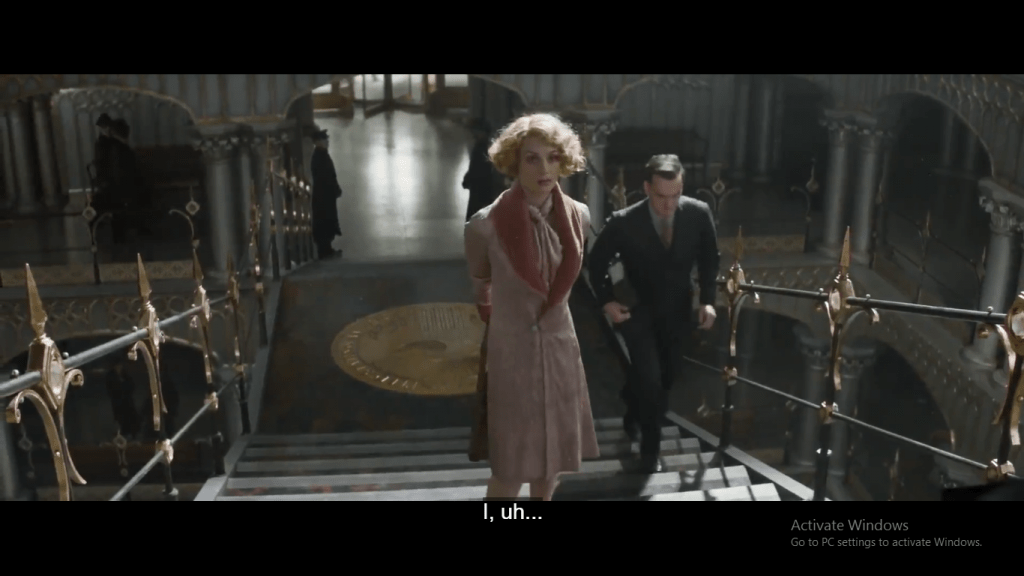
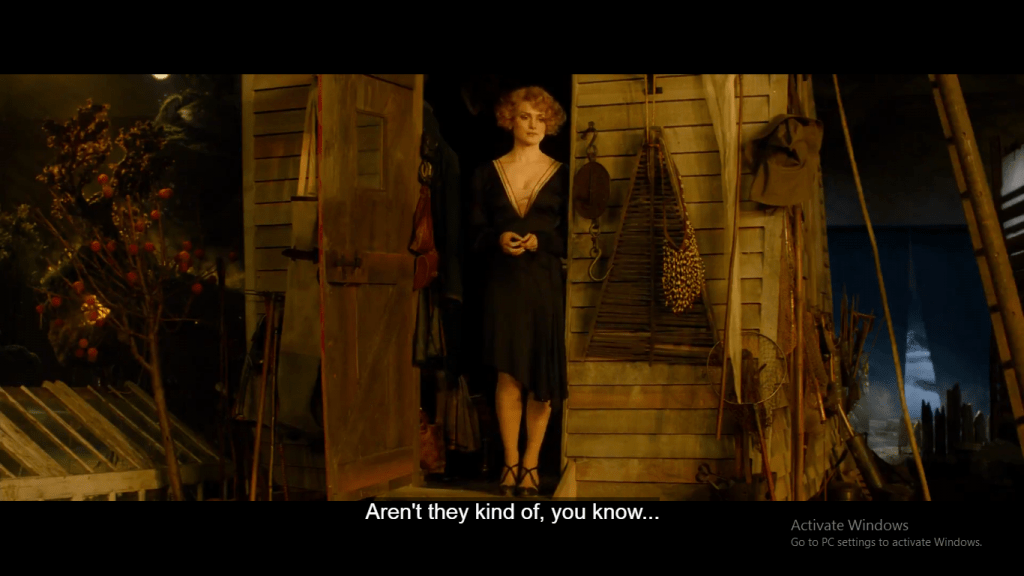
FAQs
- Were the costumes in “Fantastic Beasts and Where to Find Them” historically accurate? While the costumes captured the essence of 1920s fashion, some creative liberties were taken to enhance the storytelling and reflect the fantastical elements of the film. However, extensive research and attention to detail ensured that the costumes remained faithful to the spirit of the era.
- Did Colleen Atwood design all the costumes herself? While Atwood conceived the designs and provided detailed guidance, she collaborated with a sketch artist to bring her vision to life. The design process involved a team effort to achieve the desired results.
- Were any pieces in the film inspired by real historical figures? While the costumes in “Fantastic Beasts and Where to Find Them” were not directly inspired by real historical figures, they drew inspiration from the fashion trends and cultural influences of the 1920s in New York City.
- Did Colleen Atwood use any unique techniques in her costume designs? Colleen Atwood’s costume design process involved a combination of research, sketching, fittings, and attention to detail. Her emphasis on conveying mood and character through fabric choices and the collaboration with a sketch artist were distinctive elements of her approach.
- How many fittings did Colleen Atwood conduct for the film? Colleen Atwood conducted around 3,500 fittings for “Fantastic Beasts and Where to Find Them.” This extensive process allowed her to achieve the perfect fit and ensure that the costumes seamlessly integrated with the characters and the narrative.
How was the review? Do not forget to let us know in the comment section and also let us know which should be the next movie to review!
Also Read-Costume Review: Fantastic Beasts and Where to Find Them(2016)
Hi, Neat post. There’s a problem together with your web site in web explorer, might test this… IE still is the market leader and a huge portion of other folks will miss your magnificent writing due to this problem.
I am sorting out relevant information about gate io recently, and I saw your article, and your creative ideas are of great help to me. However, I have doubts about some creative issues, can you answer them for me? I will continue to pay attention to your reply. Thanks.
Please go ahead. I would love to hear from you.